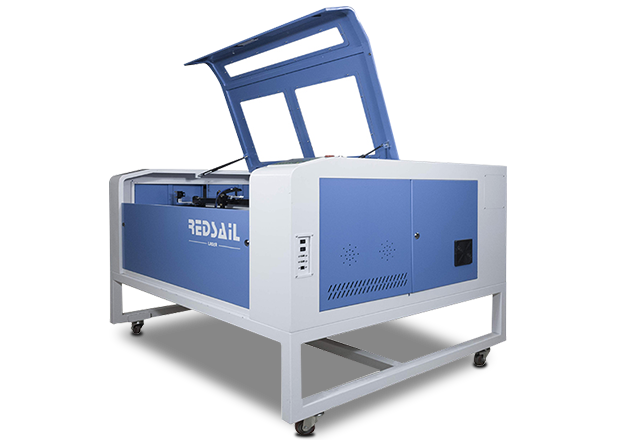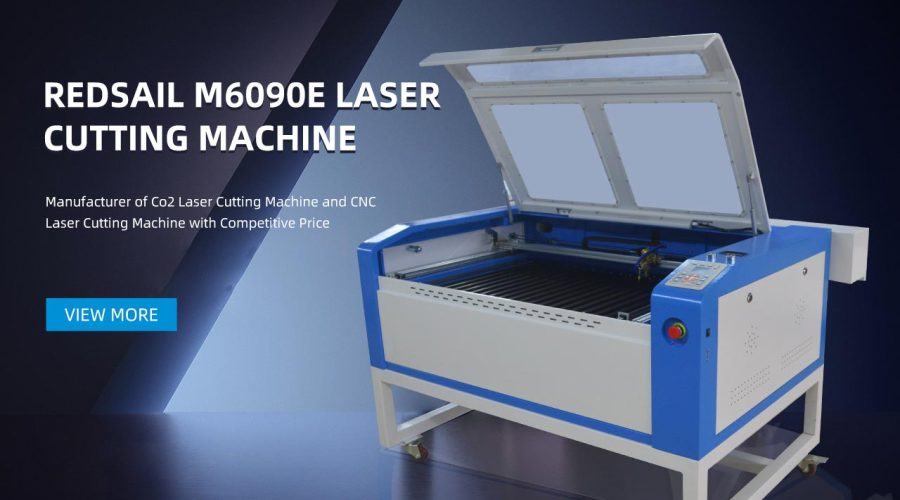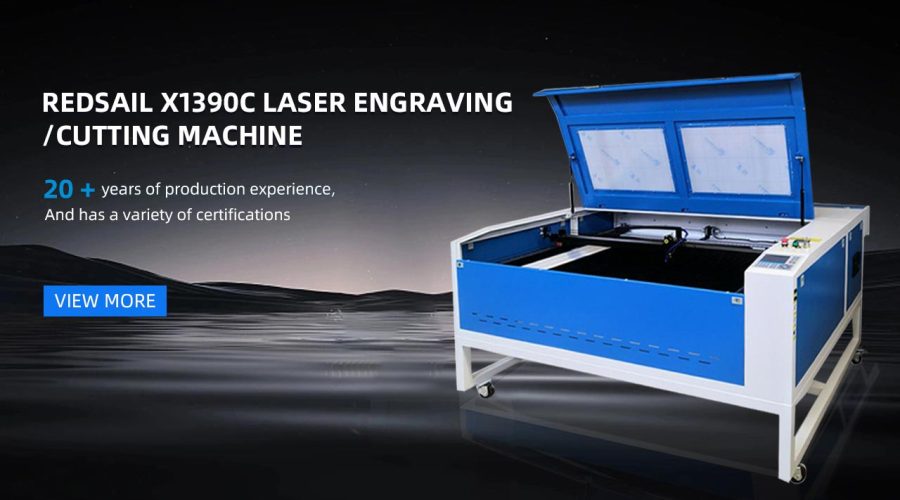Can CO2 Laser Technology Revolutionize Metal Cutting?
Introduction
The demand for precise and efficient metal cutting has been steadily increasing in various industries. Traditional cutting methods such as sawing, shearing, and plasma cutting have their limitations in terms of accuracy, speed, and flexibility. However, recent advancements in laser technology, particularly the use of CO2 lasers, have shown great potential in revolutionizing the metal cutting process.
How does CO2 laser technology work?
CO2 lasers use a high-intensity laser beam generated from a mixture of carbon dioxide, nitrogen, and helium gases. The laser beam is then directed towards the metal surface, where it heats the material to a high temperature. This intense heat causes the metal to melt or vaporize, allowing for precise cutting and shaping. The process is highly controlled and can be automated, resulting in higher accuracy and efficiency.
Advantages of CO2 laser cutting
CO2 laser cutting technology offers several advantages over traditional cutting methods:
1. Precision
CO2 lasers can produce cuts with micrometer precision, allowing for intricate and complex designs. This level of accuracy is essential in industries such as aerospace, electronics, and medical devices, where precision is critical.
2. Speed
CO2 lasers can cut through metals at a much faster rate compared to traditional methods. This increase in speed is due to the concentrated heat source and the ability to move the laser beam quickly across the metal surface. Faster cutting speeds lead to increased productivity and reduced production time.
3. Versatility
CO2 lasers can cut a wide range of metals, including stainless steel, aluminum, titanium, and more. The laser beam can be adjusted to suit different material thicknesses and types, making it a highly versatile cutting tool. This flexibility eliminates the need for multiple cutting tools, reducing costs and setup time.
4. Heat-affected zone
One of the major concerns in metal cutting is the heat-affected zone (HAZ) generated during the process. Traditional cutting methods often result in a significant HAZ, which can affect the structural integrity of the metal. CO2 lasers, on the other hand, produce a minimal HAZ, preserving the material’s properties and reducing the need for additional post-processing.
5. Reduced waste and material loss
CO2 laser cutting produces narrow and precise cuts, minimizing material waste. This is particularly beneficial when working with expensive metals or when aiming for sustainable manufacturing practices. Reducing material loss not only saves costs but also helps in reducing the overall environmental impact.
FAQs
Q: Is CO2 laser cutting suitable for all metal thicknesses?
A: CO2 laser cutting can handle a wide range of metal thicknesses, ranging from thin sheets to several inches. The laser beam can be adjusted to achieve optimal cutting results based on the material’s thickness and properties.
Q: What industries can benefit from CO2 laser cutting?
A: CO2 laser cutting technology finds applications in various industries, including automotive, aerospace, electronics, metal fabrication, and medical devices. Its versatility and precision make it a valuable tool in these sectors.
Q: How does CO2 laser cutting compare to other laser technologies?
A: CO2 laser cutting is most suitable for non-metallic materials, including wood, acrylic, and textiles. However, when it comes to metal cutting, CO2 lasers are preferred for their versatility and cost-effectiveness. Other laser technologies like fiber lasers excel in cutting thin metal sheets but may not perform as well with thicker metals.
Q: Are CO2 lasers safe to use?
A: While CO2 laser cutting involves the use of a high-intensity laser beam, stringent safety measures are in place to protect operators and ensure safe operation. Protective eyewear, enclosures, and interlocks are commonly used to prevent accidents and exposure to the laser beam.
Q: Are there any limitations to CO2 laser cutting?
A: CO2 laser cutting has a few limitations, such as its inability to cut reflective metals like copper and brass directly. However, with the use of special coatings or additional processes like oxygen-assisted cutting, these limitations can be overcome.
Conclusion
The use of CO2 laser technology has the potential to revolutionize the metal cutting process. Its precision, speed, versatility, and reduced heat-affected zone make it an attractive choice for industries requiring high-quality metal cuts. As technology continues to advance, CO2 laser cutting will likely become more accessible and refined, offering even greater benefits to manufacturers worldwide.
Overall, CO2 laser technology has already made significant strides in metal cutting and is positioned to continue transforming the industry in the future.





